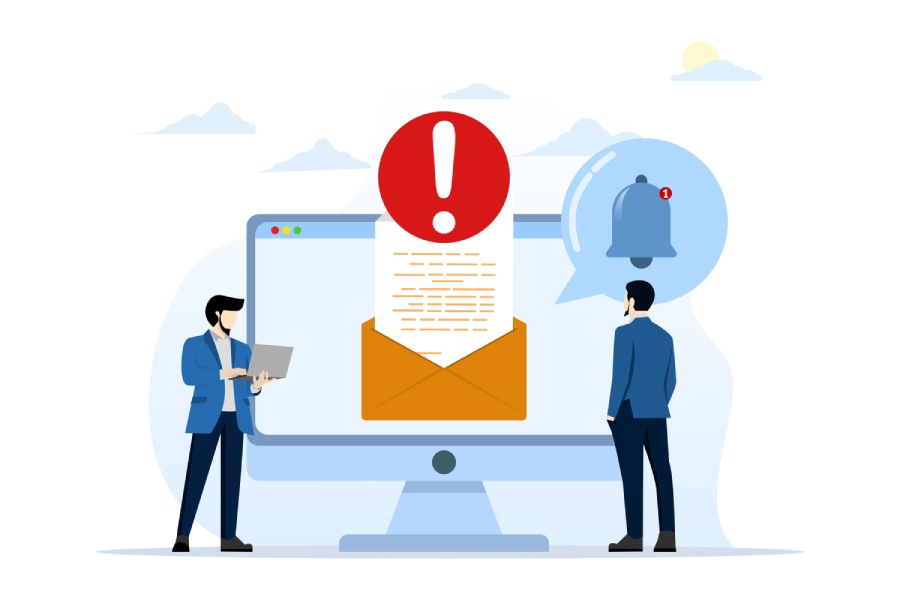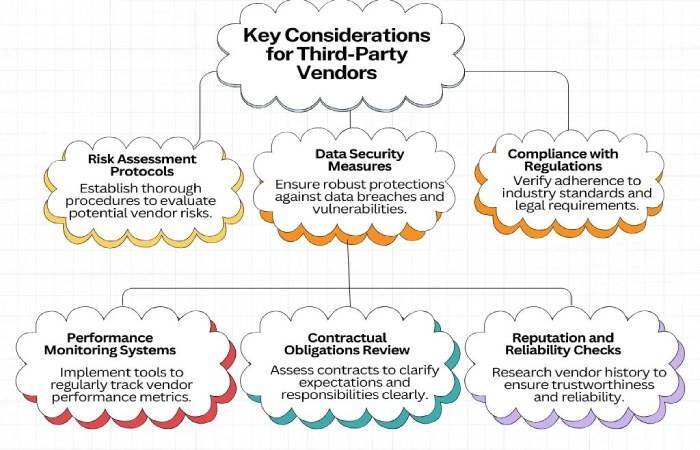Email deliverability is one of the primary factors in deciding whether your day-to-day emails and specially curated email campaigns will land in your inboxes or get marked as spam. There could be several reasons your email deliverability is low, including the “550 5.7 0 Email Rejected Per SPF Policy” error code.
When your SPF verification fails, this error is triggered. It indicates that some opportunities were missed and that there were operational inconsistencies. It also points to strained relationships. Let’s understand it better.
What is the “550 5.7 0 Email Rejected Per SPF Policy” error?
“550 5.7 0 Email Rejected Per SPF Policy” error occurs due to misconfigurations in your email server, which happens due to invalid or incomplete SPF records, the presence of anti-spam tools, and malware injection attacks. Whenever emails travel through multiple servers, SPF breaks and returns this error message.
But thankfully, it’s in your hands to fix this error and improve your email deliverability for better results and efficacy.
How can you troubleshoot the “550 5.7 0 Email Rejected Per SPF Policy” error?
There are mainly three things you can do-
Rectify your SPF record
Invalid SPF records will receive this error code. So, regularly run your SPF record through a credible online SPF record lookup tool that will bring the inconsistencies and errors to the surface so that you can correct them.
Some of the common errors that you can expect are spelling errors, extra commas and spaces, incorrect use of syntax, and the use of uppercase letters.
Double-check your MX (Mail Exchange) record
Another cause of the “550 5.7.0 email rejected per SPF policy” error could be incorrect MX records. If the SMTP server identifies a mismatch between the sender’s domain and the domain listed in the MX records, it will reject the email. To resolve this issue, ensure that your domain’s MX records are correctly configured to point to the appropriate server.
Don’t miss adding third-party vendors’ sending sources
If you rely on third-party vendors to send emails on your behalf, you need to add their sending sources to your SPF record; otherwise, emails sent by them will not pass the authentication checks and land in the spam folders or bounce back (depending on what mechanism you have set in your SPF record). This is an important step, yet many domain owners aren’t aware of it or just ignore it.
Final words
If your organization’s email infrastructure is complex and involves multiple dynamic IPs, there is a high chance your record will exceed the maximum DNS lookup limit of 10. If that’s the case with you, too, consider using an automatic SPF flattening tool.
We at DuoCircle take a holistic approach to email authentication. If you are interested in securing your domain using SPF, DKIM, and DMARC, please let us help you. Contact us to talk about it.


